Bale Feeders
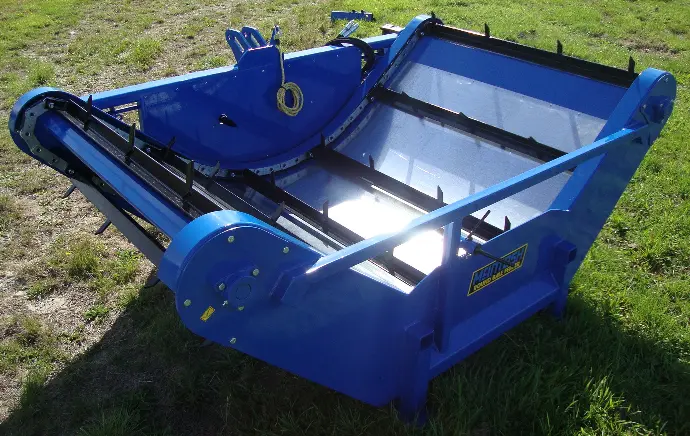
Single Bale Feeder
The McIntosh Bale Feeder features combined 24,000lb zinc plated roller chains (the strongest available), 8 tooth sprockets and a larger American made hydraulic motor with 1 ¼” shaft. McIntosh Bale Feeders feature a deep V and a wide width construction that will hold the bale in longer and feed out more evenly and consistently. With dual side feeding capabilities and heavy steel construction this bale feeder is designed to handle all types of round bales without a fuss.
Discover more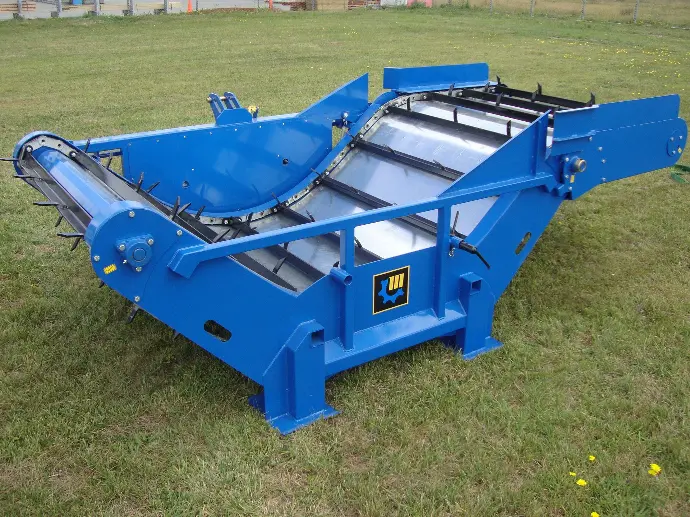
Single Trough Bale Feeder
Our trough feeder extension adds extended sides and the trough feed arm extends 2040mm from the centre of the tractor, A hydraulic ram raises the extension to help get through gates.
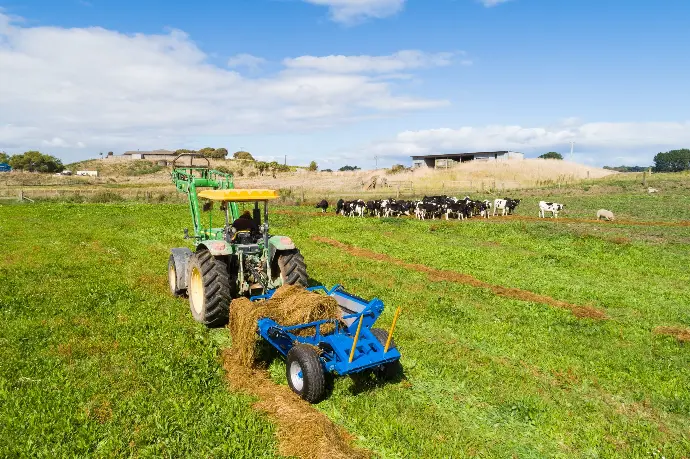
Double bale feeder
The McIntosh Double Bale feeders are design to handle all types of hay, short fine and roto cut silage bales with ease. Our unique bale lift system can lift bales weighing up to 1200kg and allows you to hold the bale above the cradle so when you remove the wrap, the material falls into the cradle and is not wasted. The deep ‘V’ cradle design and dual side feeding capabilities allows you to easily control the amount you want feed out evenly and with our wider cradle design, this gives you more overhang past the wheels to help prevent wastage by the wheels running over the fodder.
Discover more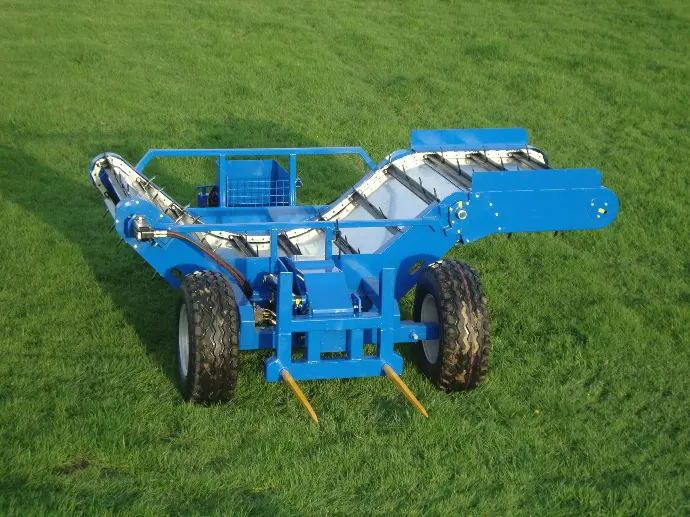
double Trough Bale Feeder
Designed to allow you to be able to break up and feed all types of rounds bales quickly and efficiently onto feed pads, feed rings or over a fence. The hydraulic raised arm folds up to 90 degrees for easier transportation and better versatility.
Discover more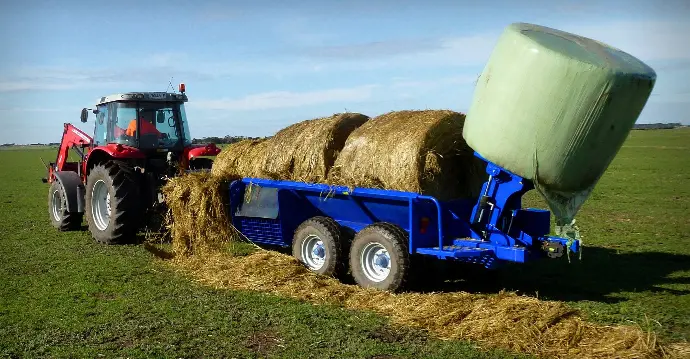
Multi 4 or 5 Bale Feeder
The McIntosh Multi Bale Feeder has been designed to incorporate strength, ease of use and years of trouble free use. With a spear loading system and low centre of gravity, the McIntosh Multi Bale Feeder leads the way in feeding out machines.
The Multi Bale Feeder with spear loading system features two box sections running through the cradle for greater strength and a lower centre of gravity rather than having the feeder on top of the chassis runners. With a lower centre of gravity, the tyres can be kept in closer towards the centre of the Bale Feeder. Also with the wider cradle there is a much smaller chance of running over the product even when there is a strong wind and in muddy conditions.